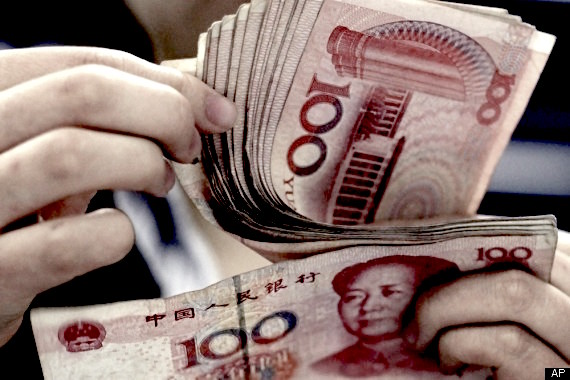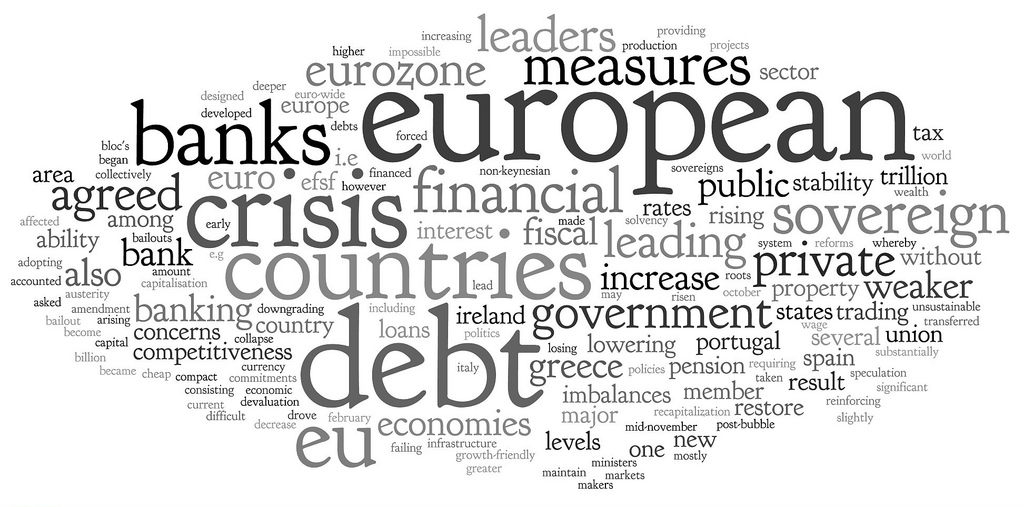For long, geopolitics seemed to have started playing an important role in deciding the destiny of global financial markets. 2015 has seen contrasting developments, where nearly every market affected the other, irrespective of how much contribution one made to the other’s GDP. The reason could be that globally financial markets remain highly interconnected and if not through investments then through trade, the influence remained inevitable. This article highlights four important economies that could make a difference to global financial markets.



